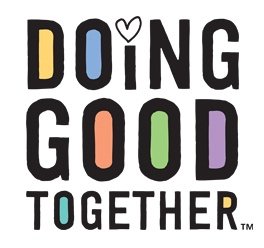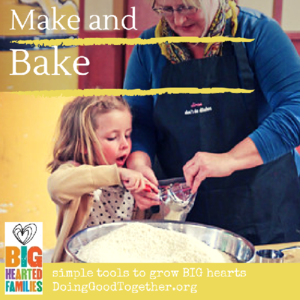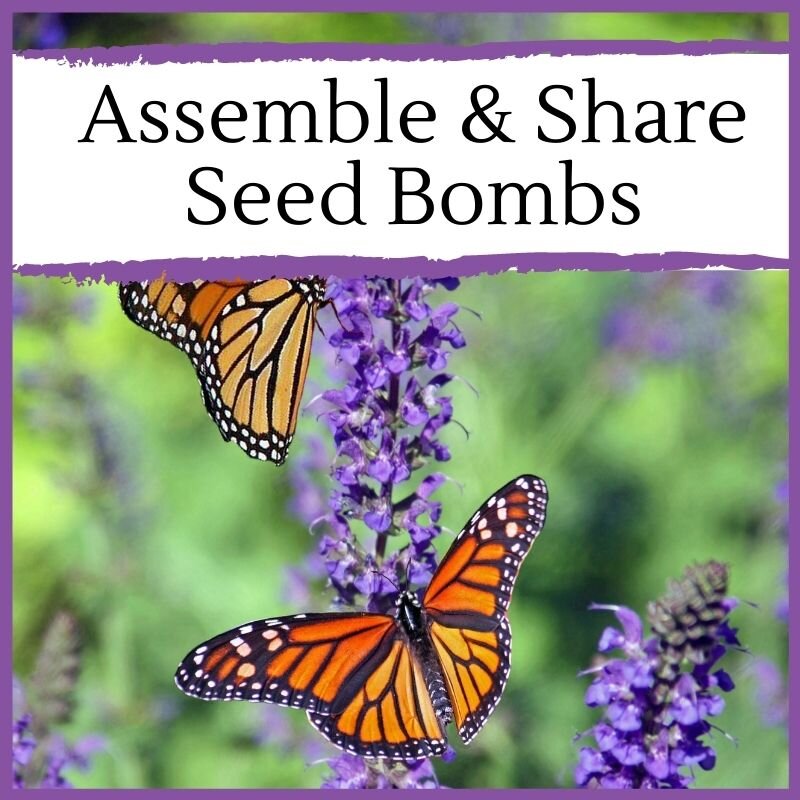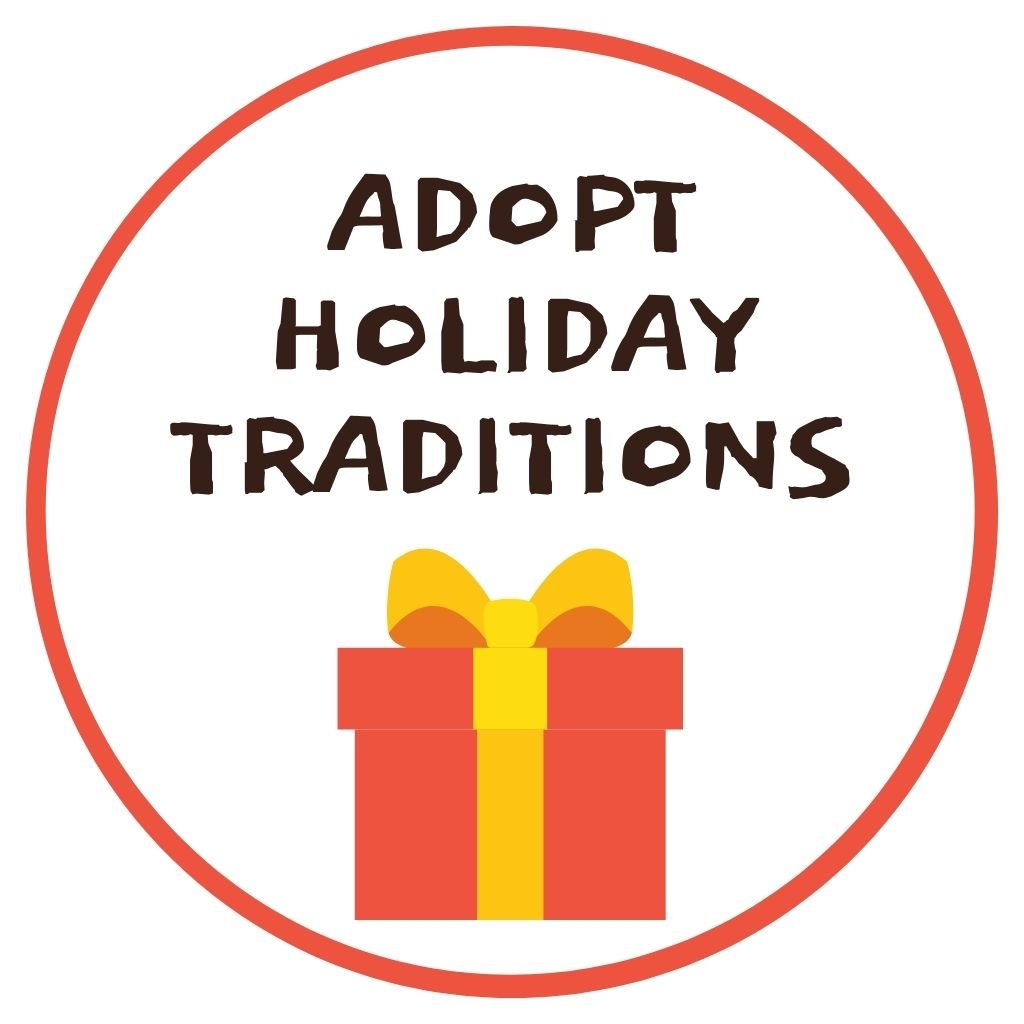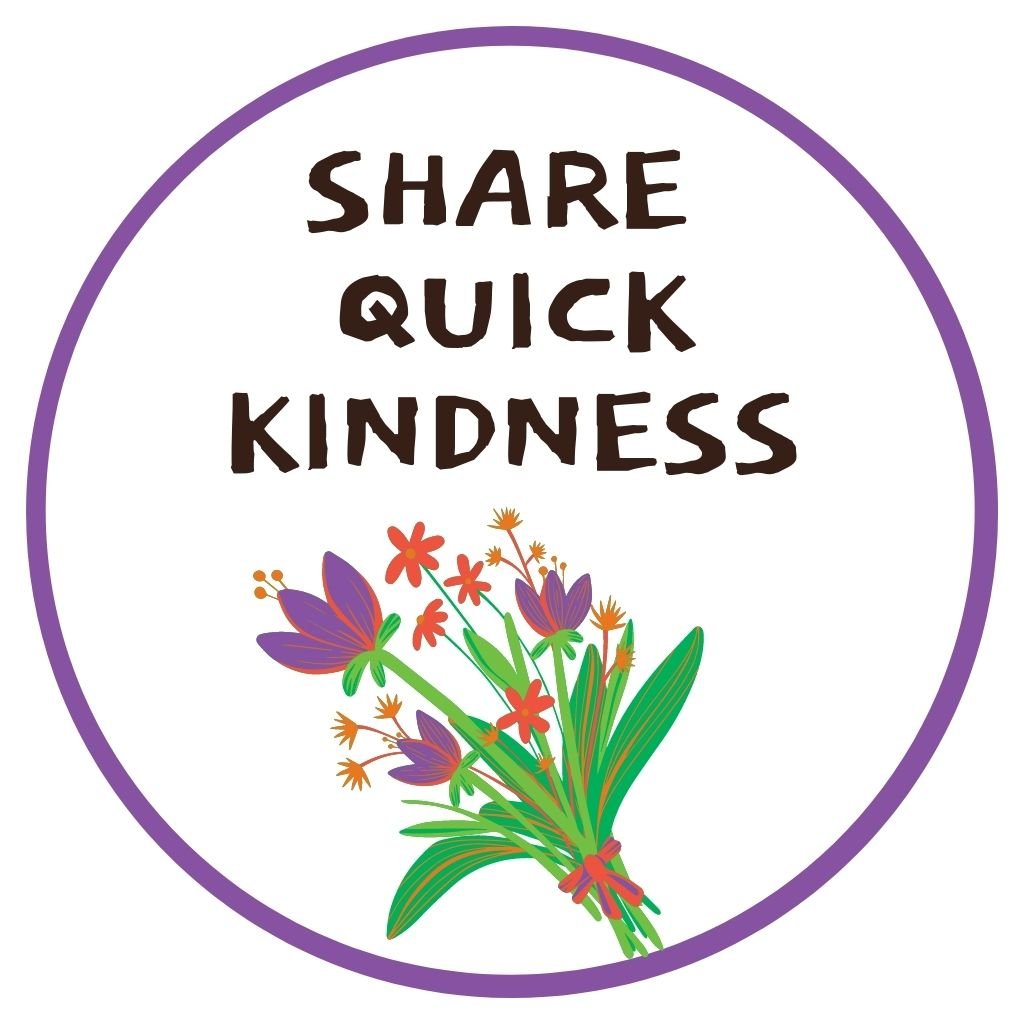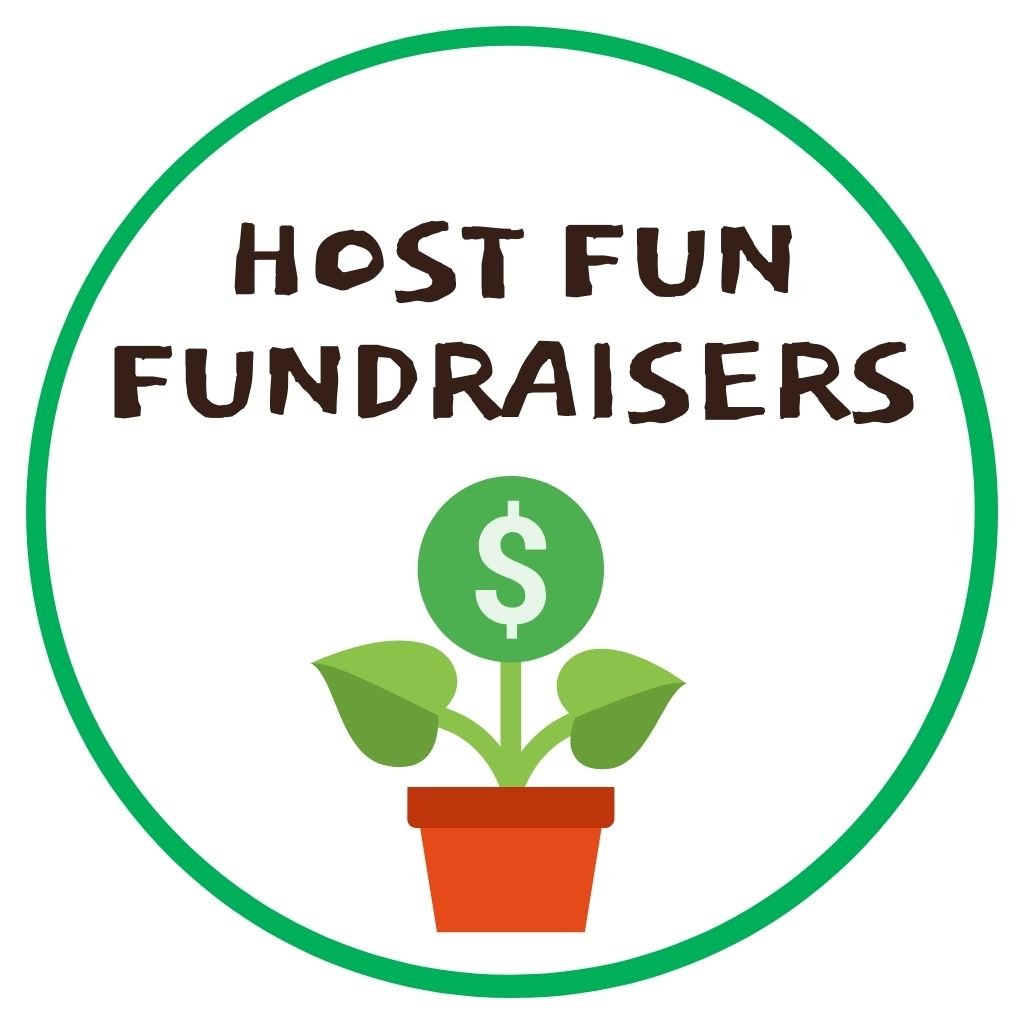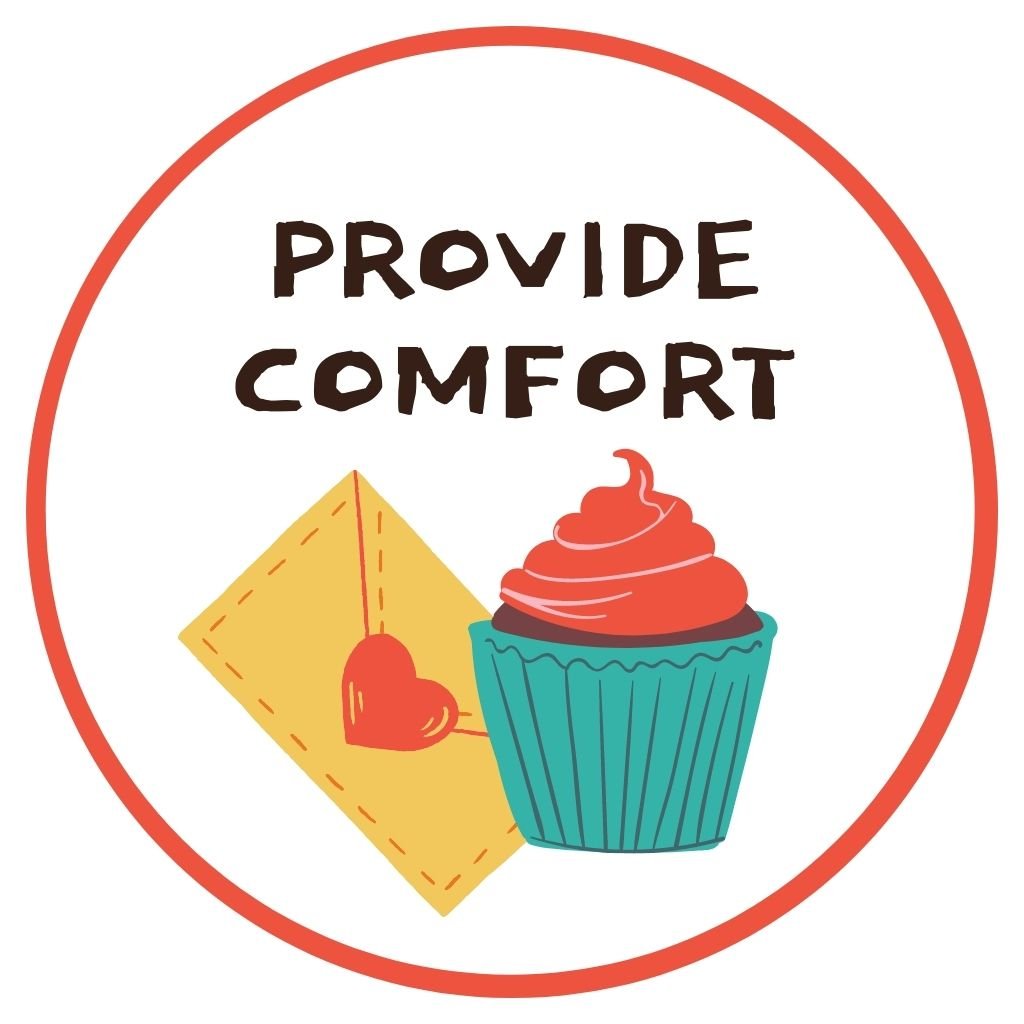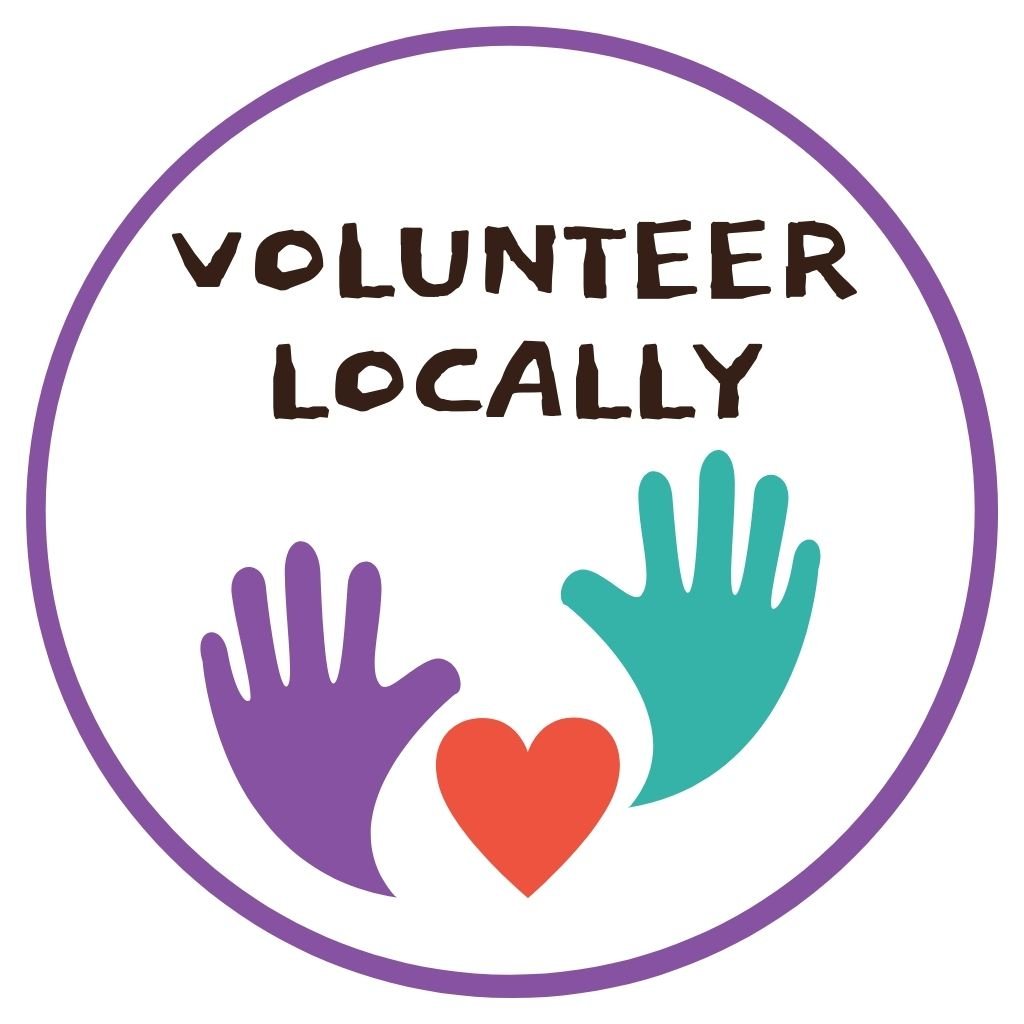Kinetic Kindness: 7 Active Ways to Get Kids Moving — While Giving Back
There’s a famous quote of disputed origin that goes, “Tell me and I forget. Teach me and I remember. Involve me and I learn.” We might argue about who said this, but the wisdom in it is pretty clear—and fairly indisputable when it comes to young children. The early childhood brain is structured as such that tangible, sensory, kinesthetic experiences are the ones that build strong neural pathways. The more a child can get their hands on an experience, the deeper those cognitive grooves get carved. In other words, for children from birth to age eight (and even beyond) experiencing with their body is what makes things real.
In their groundbreaking book A Moving Child is a Learning Child, Gill Connell and Cheryl McCarthy explain how this integrated body-teaches-brain approach works in early childhood, and encourages parents and caregivers to support sensory-motor opportunities to grow young brains. Language itself is developed as it is paired with experiences of the body–first words often being related to the things they sense and do in their daily life (think: mama, dada, sibling or pet names; hot, cold, ball, eat, HOP HOP HOP as they’re hopping!)
As Gill Connell says, “[Children use] all of their physical experience and tangible sensations to build neural pathways…and it’s those pathways that ultimately determine the way a child moves, thinks, feels about herself”. That’s powerful stuff! Teaching this in classrooms this spring got me thinking–if this is true for so many aspects of learning, how might we extend this idea to include deeply integrating understanding and vocabulary of kindness, helpfulness, volunteerism, and other Doing Good Together values? If action speaks louder than words in early childhood, why not get their bodies, minds, and hearts involved in caring for their communities? Here are some ideas to put elements of Connell and McCarthy’s kinetic scale to work in community connection and activism.
7 Active Ways to Get Kids Moving — While Giving Back
Bake with Purpose
Kinetic Connection: The Senses
Baking is a much-beloved activity for children. One reason is that it engages so many of the senses! They can smell and touch the ingredients, kneading or mixing with their hands. They see the transformation from dough or batter to the final product. And of course they enjoy tasting as they go! Consider making something tasty to share with a neighbor who’s a bit lonely, or a family who is in need of some extra TLC due to illness or hospitalization. For toddlers and preschoolers, this would be a great activity to get them started on their path to altruism, too, since giving away their treats is a skill they also still need to learn with your help!
Assemble and Share Seed Bombs
Kinetic Connection: Balance
Our vestibular system is responsible for our balance and concentration. This is why so many children seem to be driven to spin and hang upside-down in support of this system development. You could pair a visit to a local park playground with wildlife care efforts, seed bomb spreading, or neighborhood gardening projects. Compare their twirling, whirling bodies-in-motion to the creatures they’re seeing in the park. Using words to describe their experience and draw connections to the wildlife they’re helping will deepen their understanding.
Clean Up Your Community
Kinetic Connection: Proprioception
Our body develops an internal GPS of sorts over time, which helps us to know where our body is in relation to other bodies or objects around us. As this continues to develop, children enjoy squeezing into tight spaces, or building tents and forts. This is something that can be very useful to adults too if items are dropped into hard-to-reach spaces. Asking children to help in such cases, or to assist with yard work, park clean-up, and other environments that might have some tight fits will make good use of their body’s drive to develop this system AND to develop their sense of competence.
Adopt a Food Shelf
Kinetic Connection: Power
How much strength, stamina, and agility do you see in your young people? I often wish for these youthful attributes in my current age! Children love to lift or push heavy items, run or walk great distances, and use every flexible joint/muscle group in their bodies. Check your area’s Earth Day or spring clean-up opportunities, load and carry grocery donations to food pantries, or participate in a local run/walk for a cause you can choose together. Help your children see how their strong bodies can help others.
Create Greeting Cards
Kinetic Connection: Coordination
As human bodies grow, they need lots of practice crossing midlines (invisible bisectors that divide our bodies left-right, top-bottom, front-back) to increase overall coordination. Toddlers and preschoolers can get this experience by painting on an easel/vertical surface. Older children cross a left-right midline when they write or draw. As your child makes a lovely painting or handmade card, you can talk about the intended recipient, and how we use our hands to bring good cheer to those who are in service, in assisted living, or far away from loved ones. And when they’ve finished their own creative endeavors, maybe put their hands and hearts to another helpful task and make a craft and activity kit to donate to another local child?
Deliver Meals on Wheels
Kinetic Connection: Control
When all the pieces of the scale come together with precision, children are practicing control. The more they practice, the more control they achieve! Enlisting their help with serving food in local Meals on Wheels routes will exercise their positioning and pacing skills, as well as their big hearts. Include them in a volunteer shift at a local food or diaper bank. The possibilities grow along with their bodies; with their neural pathways wired for moving with kindness and purpose, they are ready to be lifelong altruists.
Reflect Together
Kinetic Connection: Language
All these sensory and motor experiences rest on the fulcrum of language–they are intricately linked. While children move to embody kindness in action, they also grow their vocabularies for compassion and service. It will become second nature to them to care for others, because it’s been real to them in their tangible lived experience. Ask your children to share their perspectives with you about what they see as you work together for the good of the world. Actions speak louder than words, but they will undoubtedly learn the language of care through them.
By helping your child put their hands and bodies to work spreading kindness, you’re not only growing their sensory, motor, and language/cognitive skills–you’re growing their hearts as well. Empathy is a learned skill, and it can be embedded in their whole-body development. The moving child IS the learning child–and the caring child!
If you like our free stuff, you’ll love our membership program!
Join today and we’ll help you keep kindness on your family calendar all year long, now with access to DGT’s popular member’s only e-books.
Browse our Pick-a-Project collection!
Disclaimer: Doing Good Together™ is a participant in the Amazon Services LLC Associates Program, an affiliate advertising program designed to provide a means for sites to earn advertising fees by advertising and linking to Amazon.com.
The recommendations we offer are based solely on our mission to empower parents to raise children who care and contribute.
